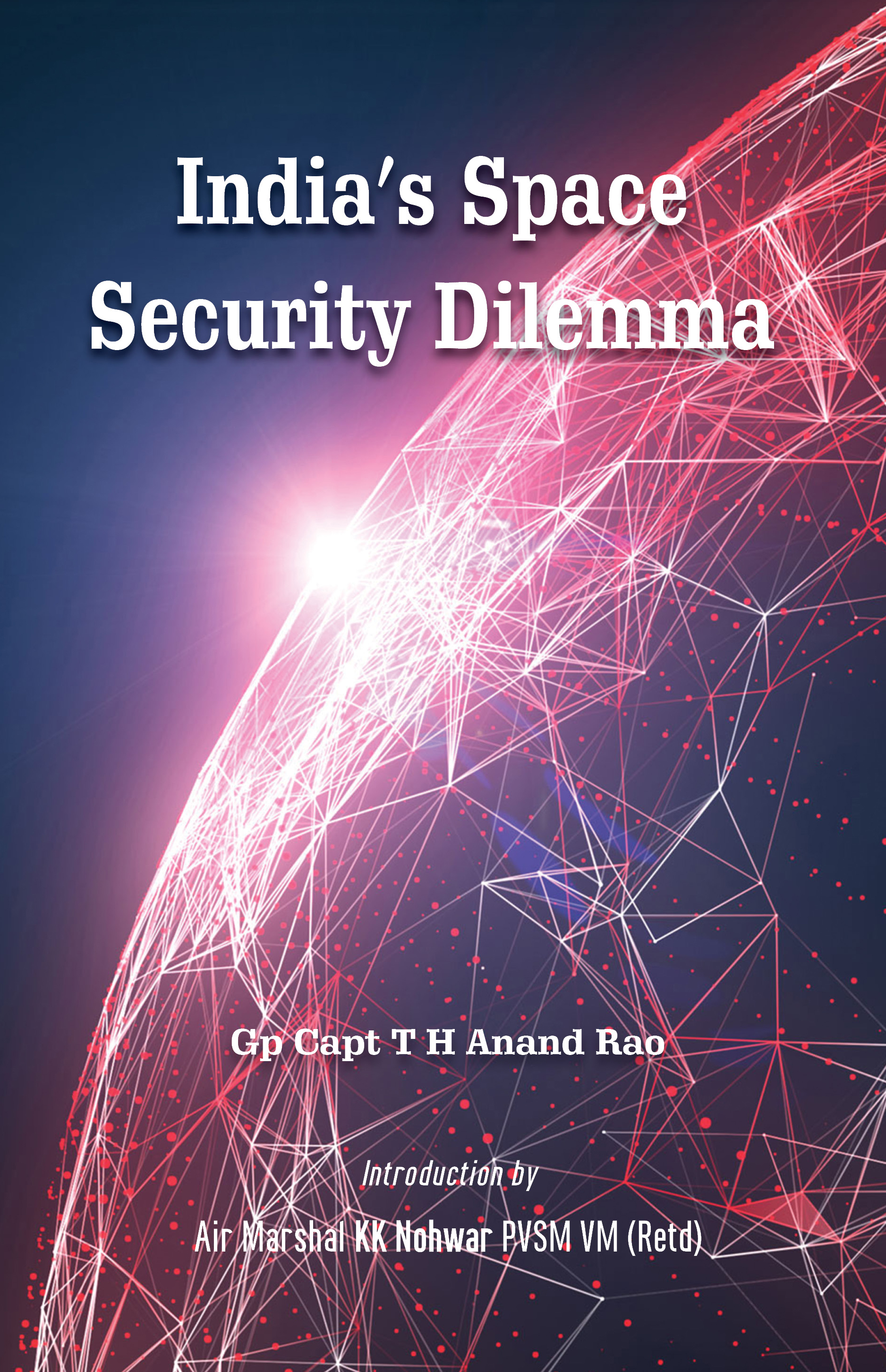Subjects
Recent View(s)
India's Space Security Dilemma
GP Capt T H Anand Rao
Satellite applications have become a pre-requisite for effective military operations. The reliance on space assets by the military has made these very assets vulnerable to attacks by an adversary, leading to the development of anti-satellite (ASAT) capabilities. The rise of China as an ASAT capable nation in an arena dominated by the two major space powers – US and Russia – has led to a different kind of space race: the race for space dominance. In the absence of stringent laws prohibiting such weapons in space, more countries are joining the fray to ensure their freedom of access to space. Another remarkable development is seen in the demonstration of proximity operations in space like inspection or refuelling of satellites, which is a dual use technology having covert ASAT utility. Space has thus transitioned from being the ‘ultimate high ground’ for the military, to being an operational domain in itself. In this backdrop, space security becomes relevant for nations to freely exploit space for various purposes, civil and military. India needs an effective space strategy, keeping national security objectives as a priority, while being compliant with international obligations.
This book gives an insight into the emergence of space control measures and suggests a broad space roadmap for India’s armed forces towards achieving space security through military means. This includes protecting satellites against attack, while also developing limited means to interfere with adversary space assets and how best to organise the military space and integrate military space operations with the existing civilian space infrastructure.


 Political Science
Political Science
